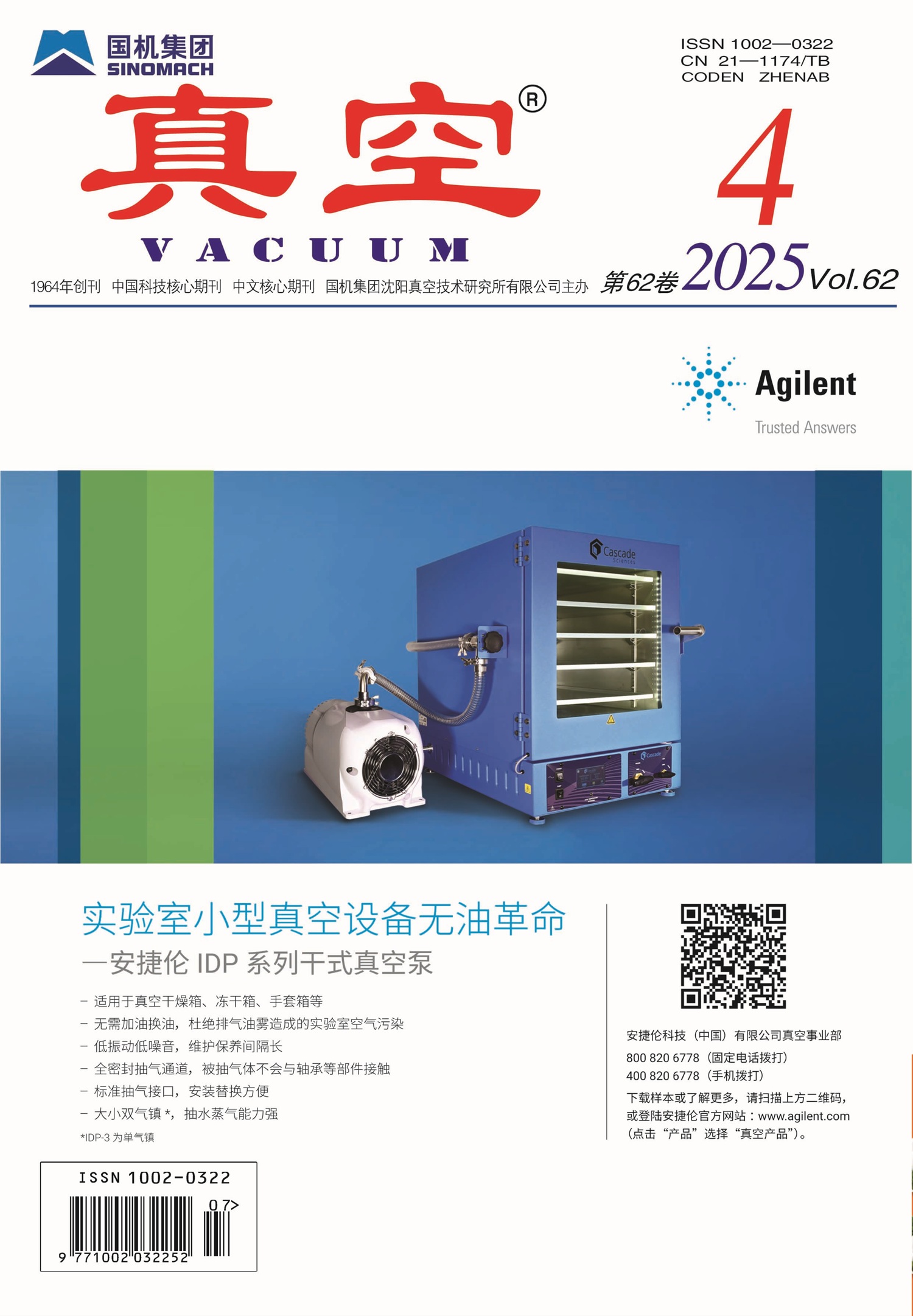|
|
Phase Structure and Properties of a NiCrAlYSi Bond Coating Alloy
CHANG Zhen-dong, ZHANG Jing, MU Ren-de, LIU De-lin, XIN Wen-bin, SONG Xi-wen
VACUUM. 2022, 59 (4):
41-47.
DOI: 10.13385/j.cnki.vacuum.2022.04.08
The thermal expansion and oxidation resistance of bond coating alloy are closely related to its phase structure, which directly decide the reliability of thermal barrier coating and the service life of turbine blade.In this work, the equilibrium phase structure, the microstructure and element distribution under non-equilibrium condition, the coefficient of thermal expansion(CTE)variation versus temperature, and the isothermal oxidation behavior at 1100℃ of the NiCrAlYSi bond coating alloy were comprehensively investigated by using thermal dynamic calculation and experimental analysis. The results show that the main equilibrium phase constituent is FCC_L12 γ′-Ni3Al phase, combined with some BCC_B2 α-Cr and β-NiAl at room temperature.When the temperature reaches 870℃, the equilibrium phase changes to β-NiAl and γ-Ni. The non-equilibrium microstructure consists of γ-Ni+β-NiAl. Moreover, the α-Cr and γ′-Ni3Al precipitate in the β-NiAl matrix and the γ-Ni phase is surrounded by the γ′-Ni3Al. The element Si primarily solid solutes in γ′-Ni3Al phase and Y mainly exists in the form of Ni5Y, both of which are distributed at grain boundaries. The CTE(×10-6K-1) is increased from 11.9±0.17 to 20.5±0.13 as the temperature increases from 100℃ to 1200℃, and the increasing rate is obviously larger at the temperature higher than 900℃. The oxidation layer with the poor continuity and density is obtained, which is separated from Al depletion zone. When the oxidation time prolongs from 20h to 100h, the thickness of the oxidation layer increases from (1.70±0.072)μm to (3.28±0.275)μm, and the Al depletion zone thickness increases from (7.48±0.606)μm to(10.67±2.654)μm, respectively. The average weight gain gradually increases from 0.608g·m-2 to 3.623g·m-2. The average oxidation rate first decreases from 0.030g·m-2·h-1 to 0.020g·m-2·h-1, and then increases to 0.036g·m-2·h-1, of which the minimum value is obtained at 60h.
References |
Related Articles |
Metrics
|

 Table of Content
Table of Content
 Table of Content
Table of Content